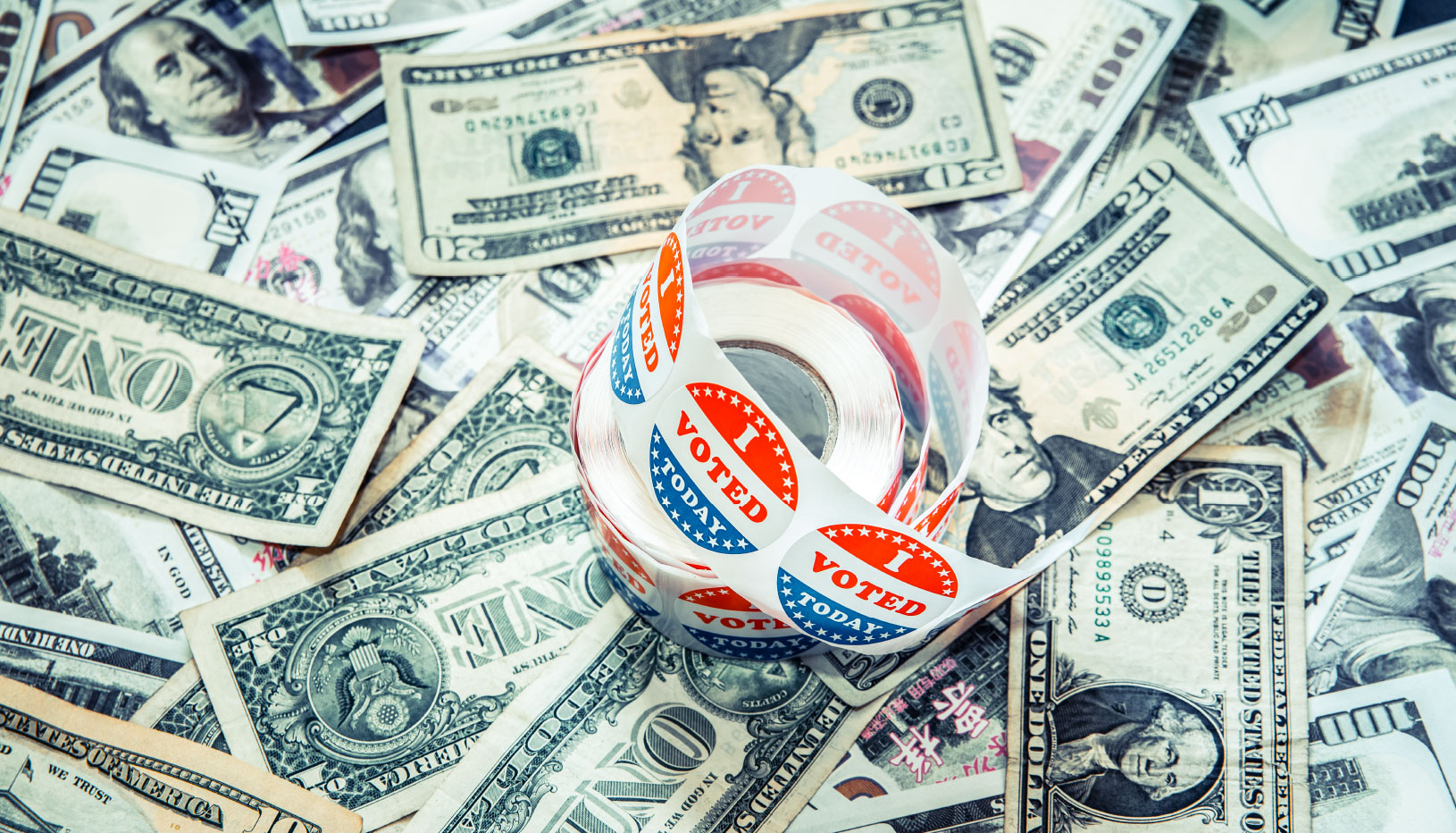This article first appeared in the Times Union.
The results are in: A handful of megadonors dominated the fundraising for New York’s 2022 candidates for state offices. A new analysis of the 2022 election shows that the top 200 donors gave $16 million to candidates, which is $2 million more than all 206,000 small donors combined. These small donors will have a harder time getting heard in Albany than the top 200. Such an imbalance is nothing new, but it’s not forever.
Thanks to a groundbreaking public financing program, small donors will have more clout in New York’s next election. Now Gov. Kathy Hochul and the Legislature must ensure the state’s budget has the modest funding the program needs to give us the fair, inclusive democracy New Yorkers deserve.
The morning after Election Day 2022, New York launched the nation’s most powerful state public campaign finance program. It promises to counter the influence of big money in elections by amplifying the voices of everyday New Yorkers.
An analysis of New York candidates’ 2022 fundraising by the Brennan Center and OpenSecrets shows the program could increase the financial power of small donors to legislative candidates six-fold, from 11 percent of overall donations to as much as 67 percent. For statewide candidates, small donors’ financial power could increase nearly seven-fold, from 6 percent to 41 percent.
That’s important, because when officials rely on big donors to get elected, they risk creating the perception – if not the reality – that they make policy in their donors’ interest rather than the public’s.
Indeed, the state Moreland Commission to Investigate Public Corruption said in 2013 that Albany’s “pay-to-play political culture is greased by a campaign finance system in which large donors set the legislative agenda.” The commission ultimately recommended the public financing system we have today.
The program, which is voluntary for candidates, rewards those who raise small donations from constituents. For statewide races, donations from New York residents of $250 or less are matched six to one – that is, a $10 contribution plus the $60 match becomes $70 for the candidate. In Assembly and Senate elections, only donations from district residents are matched, with the smallest amounts matched at the highest ratio. To qualify for the program, candidates must show their public support by meeting a fundraising threshold. The amount of public funds each candidate can earn is capped. Participating candidates can still raise as much in private funds as they want, subject to state contribution limits.
Candidates who participate will be able to fund competitive campaigns by relying on constituents who give modest amounts, rather than big donors and special interests. They will be able to fundraise the same way they campaign: by spending time with voters. This will encourage a new and more representative population of donors and strengthen officials’ connections to their constituents.
Even with the unlimited independent spending by super PACs that the Supreme Court’s Citizens United decision created, the public financing program gives candidates sufficient resources to compete. For one thing, most races see no independent spending at all; 75 percent of super PAC dollars in legislative races targeted just 10 percent of districts in 2022. Moreover, for candidates who earn it, available public funding is comparable to the amounts seen in some of the races with the most super PAC activity. And the program places no limit on the amount a participating candidate can raise and spend overall.
To run the program and pay for matching funds, the state Public Campaign Finance Board has requested $114.5 million — less than 0.001 percent of the state’s budget. It’s an investment that allows voters to compete with the special interests that seek to influence legislation.
As Albany confronts crises from housing to health care to education – and at a time when democracy is under threat throughout the country – the need for all New Yorkers to be heard has never been clearer. In the upcoming budget process, the governor and Legislature must ensure this powerful program has the resources to give regular New Yorkers a bigger say in the lawmaking decisions that affect us all.







